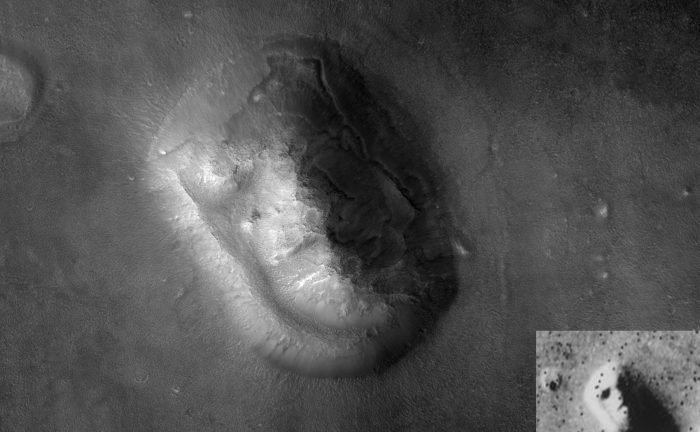
© NASA/JPLImage of the "Face of Mars" by the Mars Reconnaissance Orbiter, with the Viking 1 image inset (bottom right).
The search for life in the Universe takes many paths. There's SETI, or the Search for Extraterrestrial Intelligence, which is searching for signals from a distant ancient civilization. There's the exploration of our own Solar System, on Mars, or underneath the subsurface oceans of Europa and Enceladus, to see if life can be anywhere there's liquid water and a source of energy. And upcoming space telescopes like James Webb will attempt to directly image the atmospheres of distant extrasolar planets, to see if they contain the distinct chemical signatures of life.
But according to Jason Wright, an astronomer at the Center for Exoplanets and Habitable Worlds at Penn State University,
we could consider searching for evidence of ancient civilizations right here on Earth, or across the Solar System. Don't get excited, though, so far "there is zero evidence for prior indigenous species in the Solar System."
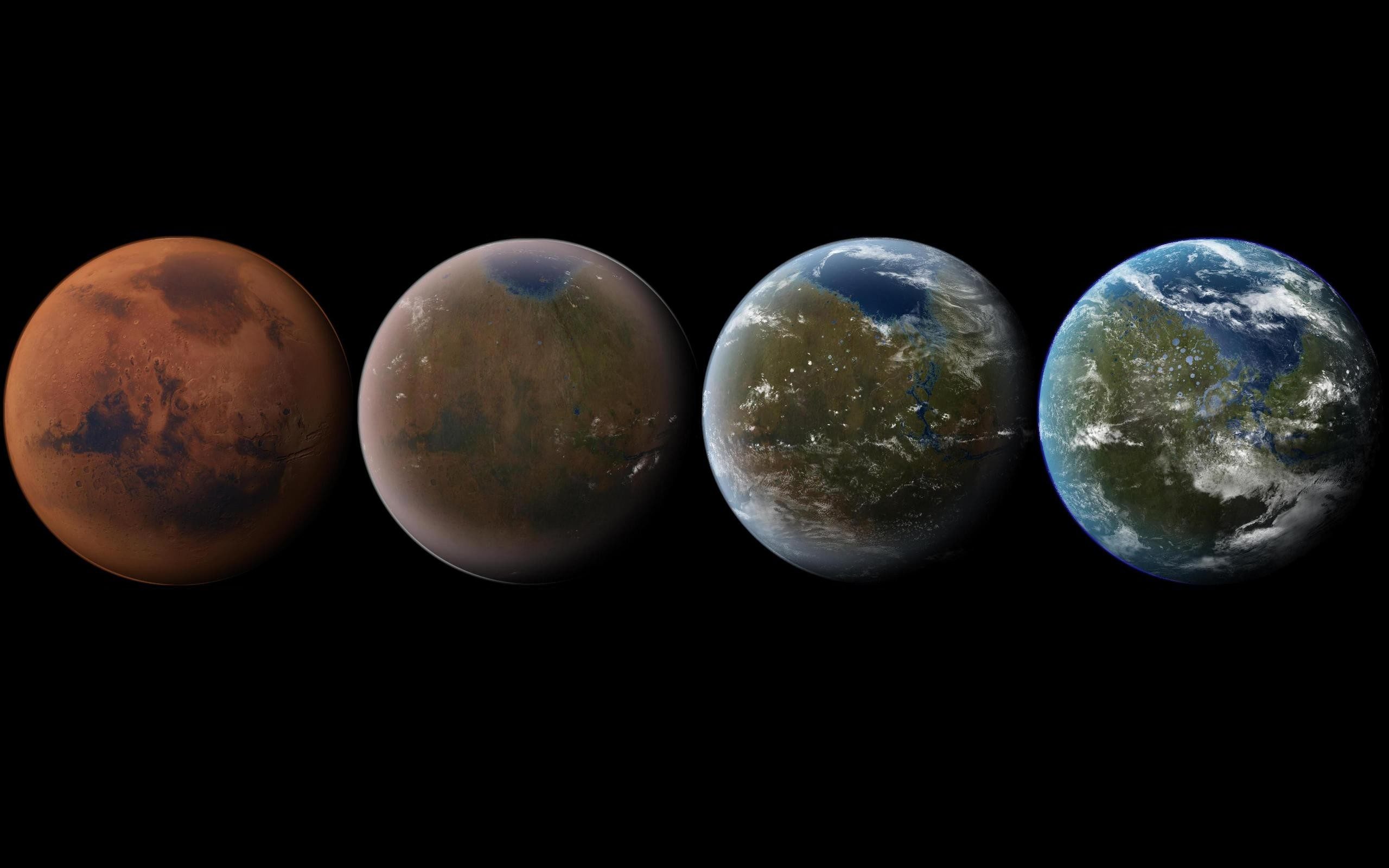
© Daein BallardArtist’s impression of the terraforming of Mars, from its current state to a livable world.
to the arXiv electronic preprint archive entitled
Prior Indigenous Technological Species, Dr. Wright describes how we might go about searching for the technological artifacts left behind by ancient civilizations that have evolved in the Solar System. Perhaps on an ancient, cooler Venus, or on Mars in a time when it was wetter and had a thicker atmosphere. Those civilizations could have arisen millions or even billions of years ago, destroyed themselves or left the Solar System, and only ancient traces of their culture and technology would still be around.
If a civilization had reached a high level of technology, where did it go? Wright suggests a variety of catastrophes, like a swarm of comets, self destruction, or even a nearby supernova explosion that irradiated the whole Solar System with high energy gamma rays. Even without a specific event, a civilization might have simply just died out, or became permanently non-technological. Of course, these possibilities face our own human civilization. It's hard to read the paper and not consider the fate of humanity. Will future aliens search for scraps to learn about us?



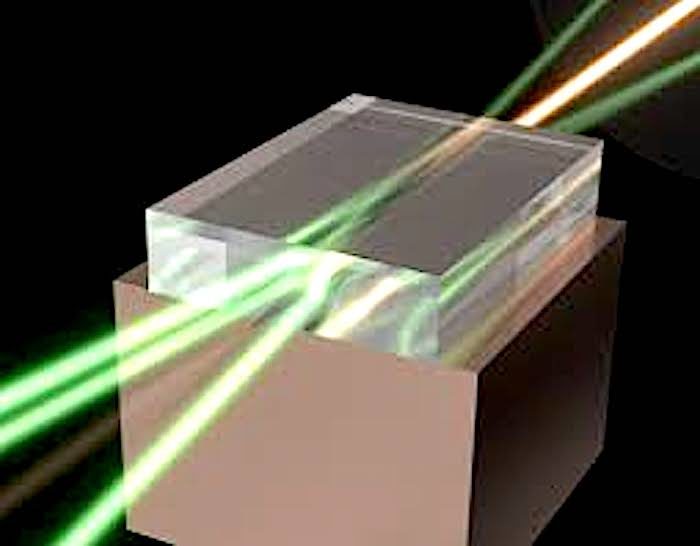

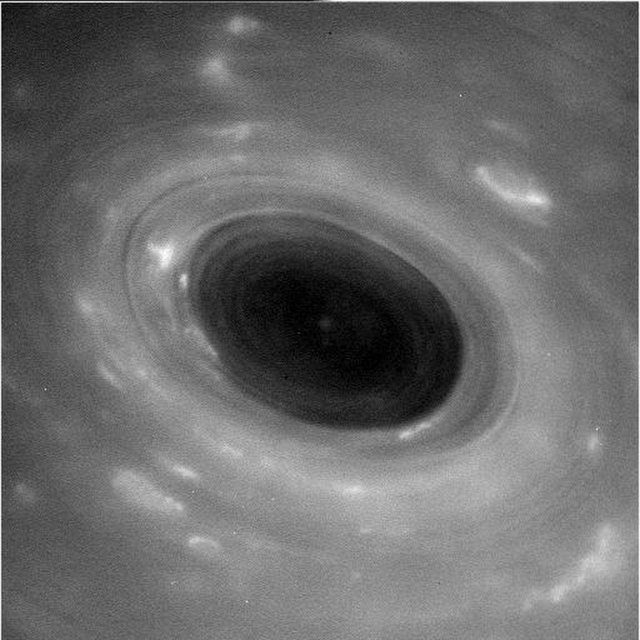

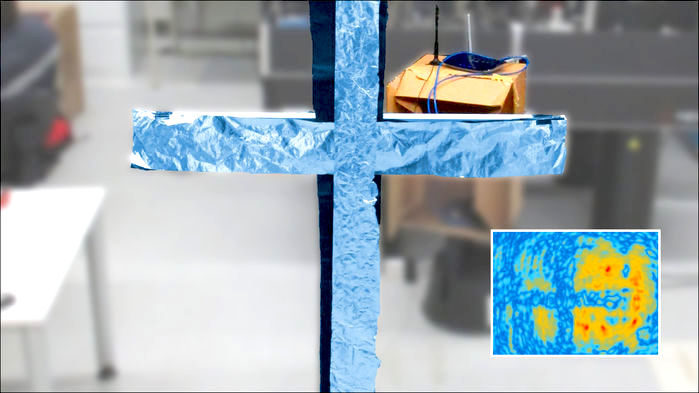







Comment: As to why is this occurring see: The Solar Minimum, Earthquakes and Mini Ice Age - and What to Expect: Interview with John Casey, Author ofUPHEAVAL and Dark Winter (VIDEO)